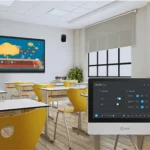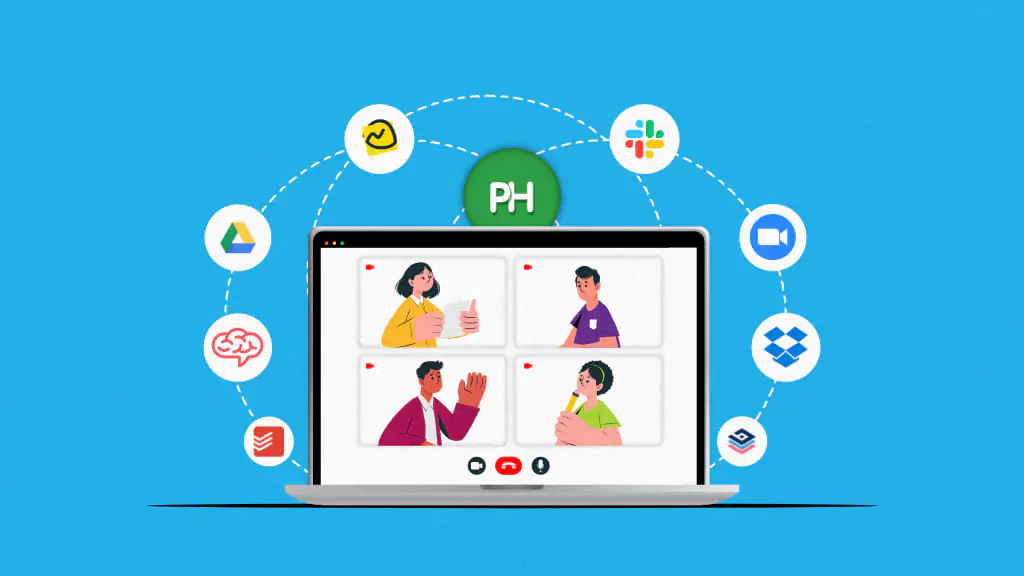Working remotely is now the norm rather than an uncommon benefit. Getting together on a Zoom call has supplanted the days of squishing around the conference room table. 39% of organizations questioned by our 2023 DigitalOcean Currents research report operate entirely remotely, while 23% use a hybrid approach that includes either open remote possibilities (25%), or mandatory in-office days (23%). Just 14% of businesses are still completely operational.
Despite the obvious benefits of flexibility and eliminating daily commutes, the shift to remote work has not been without its difficulties. Digital tools that provide communication across time zones, collaboration across borders, and connection across dispersed teams are essential for successful remote work, as is a change in perspective. In order to attain their objectives and maintain their colleagues connected, regardless of where they are working from, dispersed teams are increasingly counting on a virtual toolset.
You need to have the appropriate platforms and software at your fingertips in order to preserve business culture and achieve maximum productivity, regardless of whether you are managing a remote team collaboration with a distributed workforce. The best remote working tools that can act as your productivity suite are the subject of this post; these are the applications, communications systems, and collaboration centers that will keep your remote team in line.
Types of tools for remote work
There are various tool categories to consider when assessing tools for remote work. While some applications facilitate communication and teamwork, others provide task management across geographically dispersed sites, while still others enhance security over a global network of computers. The following tool categories are worth looking into:
Management of projects
Adequate project management tools enable distant teams to constantly bring in fresh features, new products, and implement wide company objectives. For assigning work, setting deadlines, monitoring progress, and monitoring all of your distributed team’s projects, look for a tool whose UI is friendly. In doing so, your remote team will be able to continue being managed, avoid dropping anything behind, and continue handling projects.
Cloud storage and file sharing
Remote workers use various devices and locations to view files and documents at all times. A centralized, cloud-based file-sharing platform is an absolute necessity for remote work. Search for systems that offer granular permission settings, folder management, and sufficient storage space. This allows content collaboration, file sharing, and protection of sensitive information for remote teams.
Cooperation and interaction
Coordination and communication tools keep lines of communication open on a distributed team, whether it’s talking about your next new employee or wrapping up your annual business plan. Select solutions that offer video conferencing capabilities, like breakout rooms, virtual whiteboards, and screen sharing, to foster a sense of belonging and unity with your distant colleagues. Get your team to maintain a repository of documents by using wiki tools and an internal database to encourage documentation culture.
In order to enable timely check-ins, spontaneous conversations, and availability, a shared team messaging or instant chat platform is also essential.
Monitoring time and managing tasks
Employees that work remotely require easy-to-use virtual work monitoring tools such as Controlio. Features like managing to-do lists, keeping track of job status, and recording work hours are all part of the best time-tracking and task-management software. This will give your remote workforce insight into overall production levels and help them keep on top of deadlines. Accountability, progress reporting, and effective workflow management are also supported.
Final Words
Making the switch to remote work necessitates having the appropriate digital tools for distributed teams’ coordination, communication, and collaboration. Project management, file sharing, communication, time tracking, and security are some types of remote work technologies that can be used to guarantee effectiveness, teamwork, productivity, and data protection in a distributed workplace.











